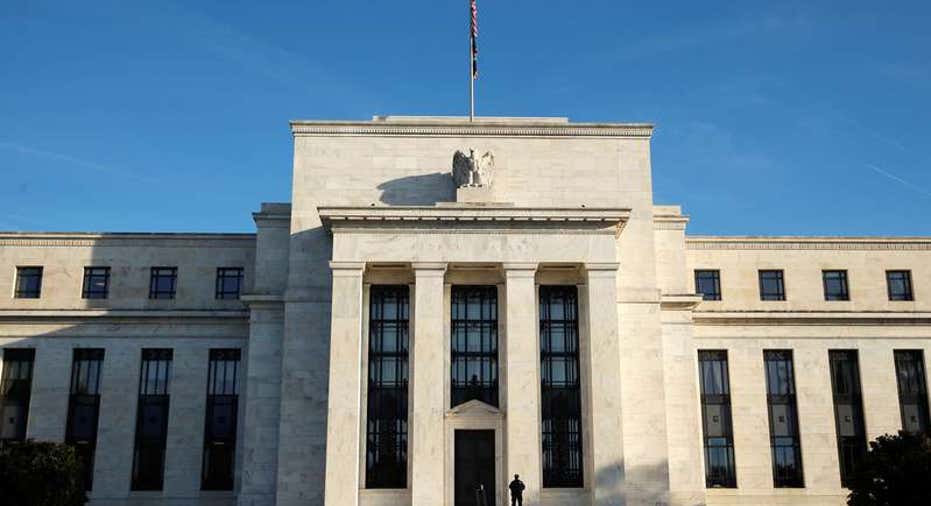Central Banks Loosen Their Grip on Markets

For markets, the era of the central bank may be starting to draw to a close.
In 2017, tightening monetary policy and brighter economic fundamentals could ease markets from the grip of the central banks whose policy in recent years has dominated trading in bonds, shares and other assets.
That shift portends big changes for investors, who already are repositioning in anticipation. A long period of ultralow interest rates and central-bank asset buying has boosted the prices of bonds and safe stocks. Now investors expect economic performance to catch up as a key driver, not least as they predict stimulus will stop expanding.
That means the riskier assets that benefit more from growth are expected to take their end-of-year rally into 2017, while bonds and more defensive stocks will continue to suffer.
Analysts also expect that investors will now focus more on company profitability and credit risk, as they spend less time analyzing central bankers' speeches word by word.
"We start going back to a world in which fundamentals matter a bit more, " said Dean Turner, economist at UBS Wealth Management.
Since the financial crisis, central banks have unleashed massive asset-buying programs and kept interest rates at historically low or even negative levels to help stimulate growth and inflation. The European Central Bank currently buys EUR80 billion ($84 billion) in government and corporate bonds a month. The Bank of England also buys corporate and government debt. The Bank of Japan even buys stocks.
A company's revenue tend to look more attractive when rates are low, which often boosts its stock. That helps explain why shares in the S&P 500 are currently trading at 17 times the earnings they are expected to generate during the next year, compared with a 10-year average of 14.4, according to data provider FactSet.
"The stock market hasn't been earnings-led for a long time, it's been bond-led," said Scott Meech, a fund manager at Swiss private bank Union Bancaire Privée.
But many investors now see a limit to central banks' stimulus. In December, the ECB extended its bond-buying program but plans to reduce its size starting in April, amid concerns that it was running out of assets to purchase. Shortly after, the Federal Reserve nudged up rates by a quarter of a percentage point and hinted at tighter policy in the future.
Some investors expect governments to fill the gap and take a bigger role in pushing growth and inflation. In the U.S., President-elect Donald Trump has pledged to increase infrastructure spending and ease financial regulation. Higher commodity prices also have boosted inflation expectations.
"Central banks, particularly the Fed, may well have less ability to tilt dovish if fiscal stimulus and deregulation help stimulate already recovering economies," said Arnab Das, head of emerging-markets economic research at Invesco.
Since November, those shares in the MSCI World index more exposed to economic swings, or cyclical stocks, have gained 10%. Safer, or defensive, stocks on the index went up only 4.6%, despite having outperformed since the financial crisis. Relative to defensive stocks, the prices of cyclical shares are now at their highest since 2008.
Eurozone banks are a good reflection of this increased risk appetite: Their shares took a beating for much of 2016, but recovered some ground after a big rally in the past two months.
By contrast, global bonds have lost 5% in the past two months. Yields of 10-year Treasurys are at 2.446%. Yields move opposite in the opposite direction of prices.
The question is whether companies will prove profitable enough to justify the market's risky bets for 2017. Projected earnings per share for the next year are currently at all-time highs for the S&P 500 and have recovered for the Stoxx Europe 600 as well, after falling at the end of 2015.
"Earnings are an improving trend across the world," said Nigel Bolton, a fund manager at BlackRock Inc., the world's biggest asset manager with $5.1 trillion under supervision. "We are now in this sweet spot for equities."
In the third quarter, the U.S. economy expanded an annual rate of 3.2%, a two-year record. Investors are slightly more optimistic about economic prospects in the eurozone and Japan, two regions plagued by years of feeble growth. Stable 6.7% growth in China in the first three quarters of 2016 has calmed earlier fears of a painful crash.
"It's true that central banks are stepping away, but they are stepping away for a reason," said Fabio Bassi, chief European rates strategist at J.P. Morgan Chase & Co.
But risks remain: In recent years, corporate earnings have tended to disappoint. And the end of central-bank omnipresence, which is unlikely to fade quickly, has been called before.
Furthermore, the expected burst of government spending may not arrive. Fiscal policy remains subject to political constraints, such as fears about government debt piles.
"Absent the threat of a recession, we should not expect a broad plan to stimulate the economy financed by a deficit," said Didier Borowski, analyst at Amundi Asset Management, Europe's largest investor, which manages $1.1 trillion.



















